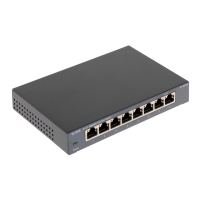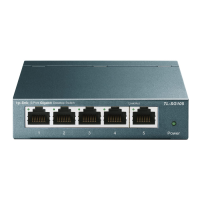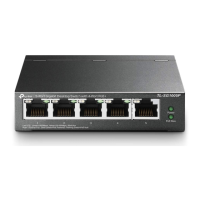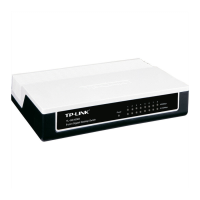4.3 LAG
LAG is used to combine a number of ports together to make a single high-bandwidth data path,
which can highly extend the bandwidth. The bandwidth of the LAG is the sum of bandwidth of
its member ports.
There are some rules on using LAG:
For the member ports in a LAG group, their configuration of Port setting (Speed and
Duplex, Flow Control), QoS must be the same.
For the newly joined member ports in a LAG group, their default setting of Port setting
(Speed and Duplex, Flow Control), QoS will be configured the same as that of the first
member port in the LAG group.
The LAG member ports cannot be set as mirroring port.
Before setting the LAG, its member ports should be divided to the same VLAN, and have
the same PVID and drop the untagged packet rule. Change of the LAG setting will not
affect the VLAN setting.
If the LAG is needed, you are suggested to configure the LAG function here before configuring
the other functions for the member ports.
On this page, you can configure and view the information of the LAG group of the switch.
Choose the menu Switching→LAG to load the following page.
Figure 4-3 LAG Config
23
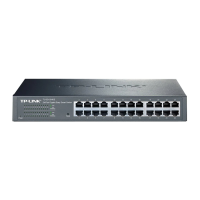
